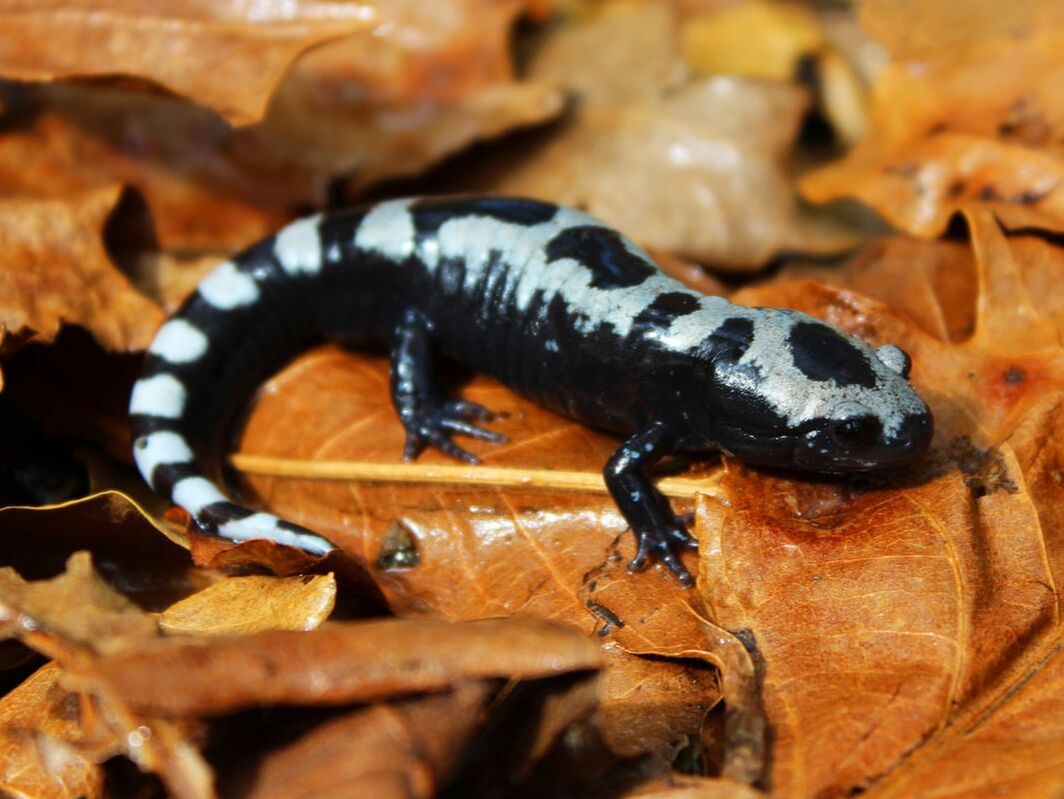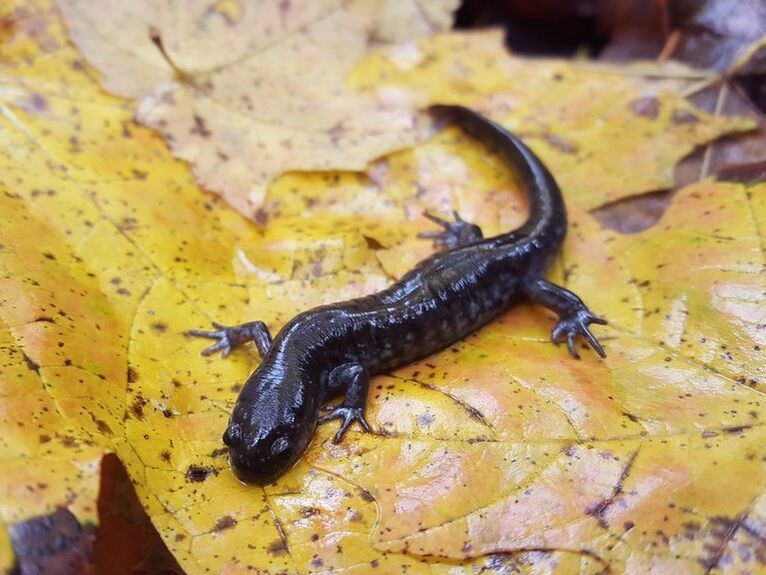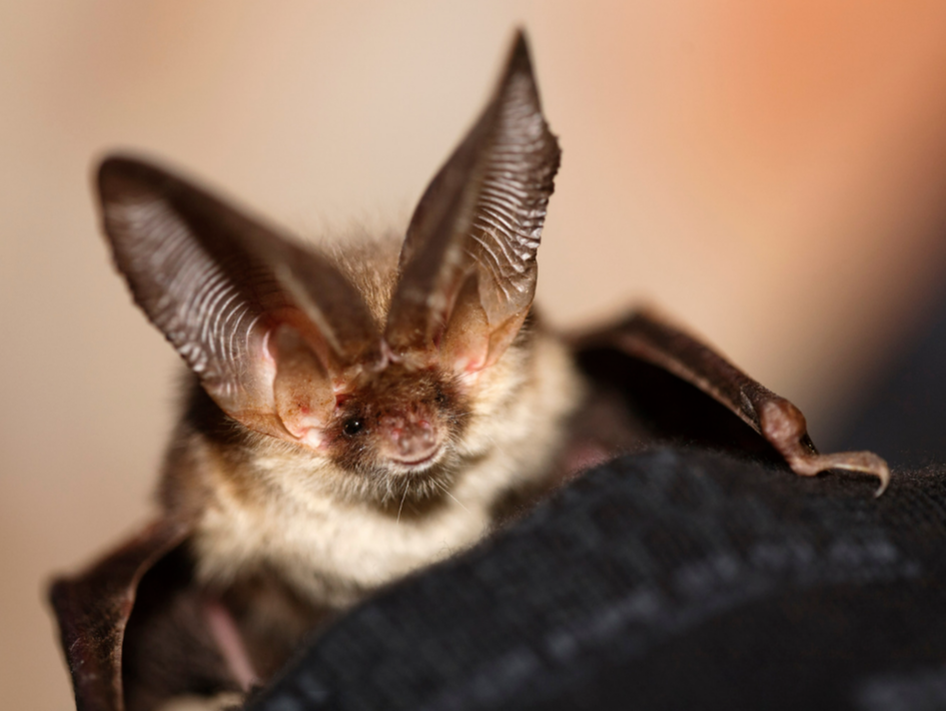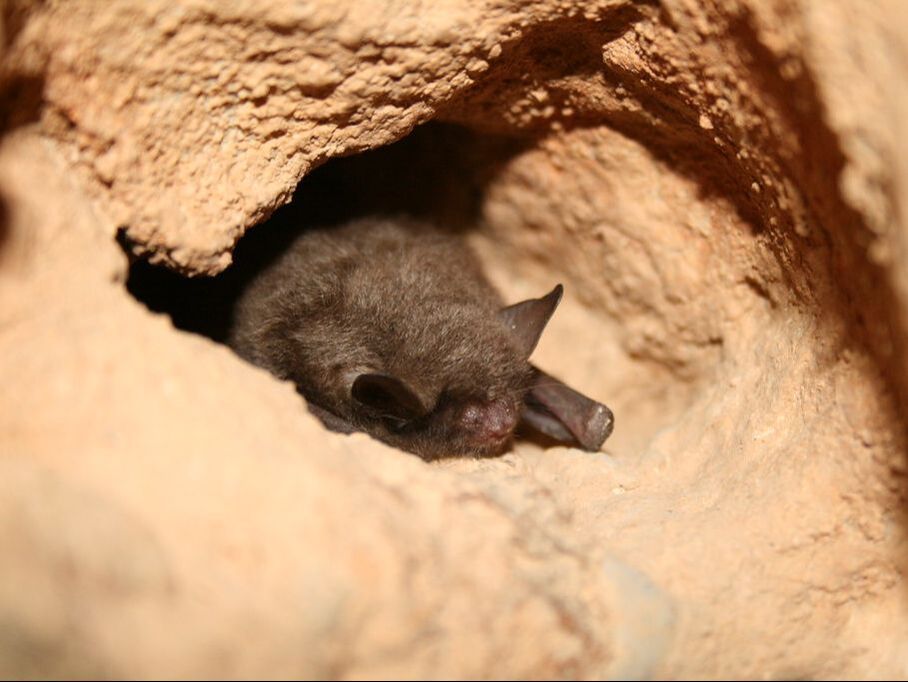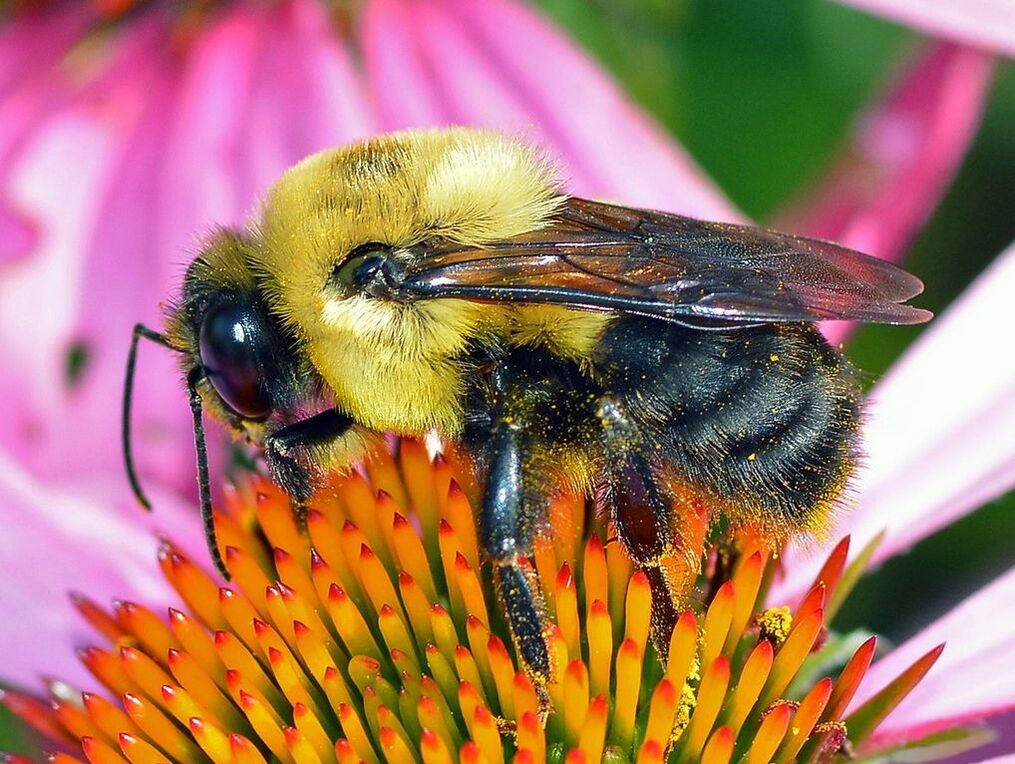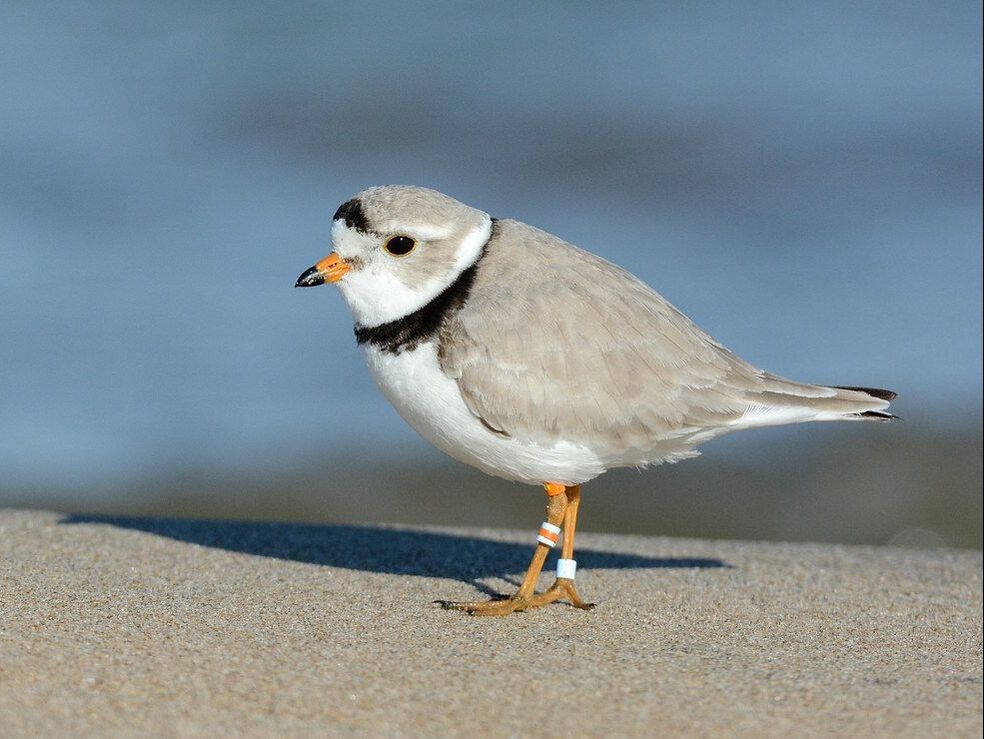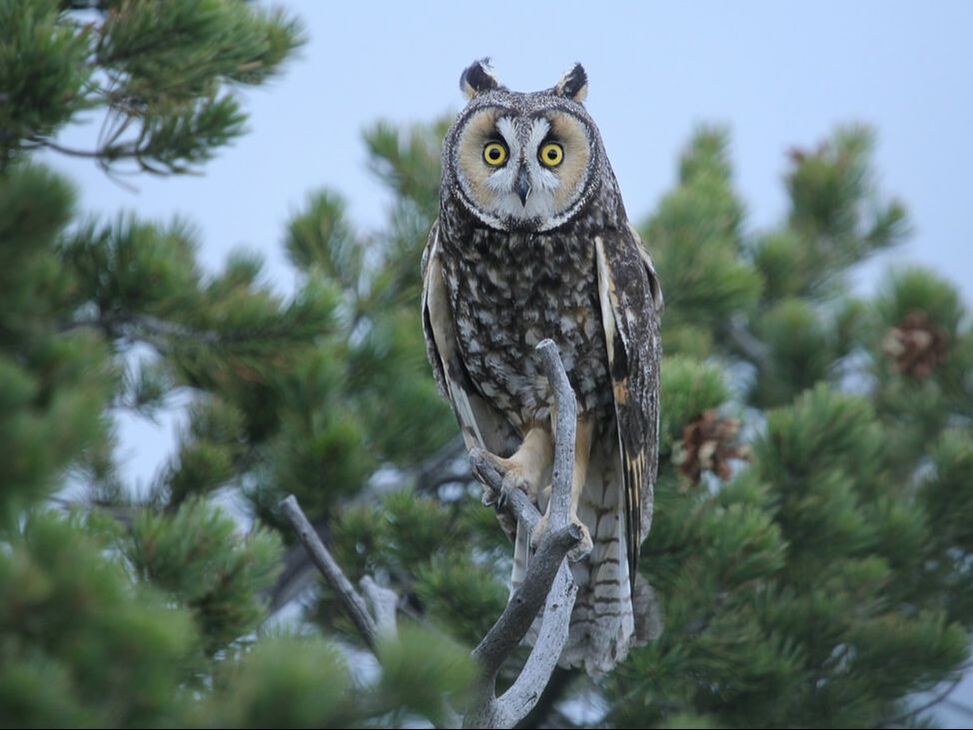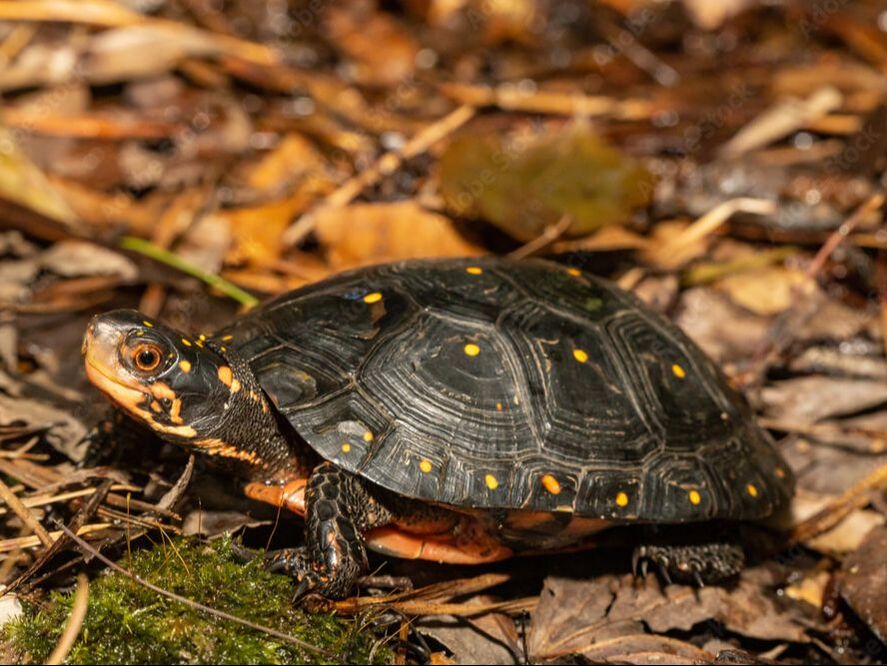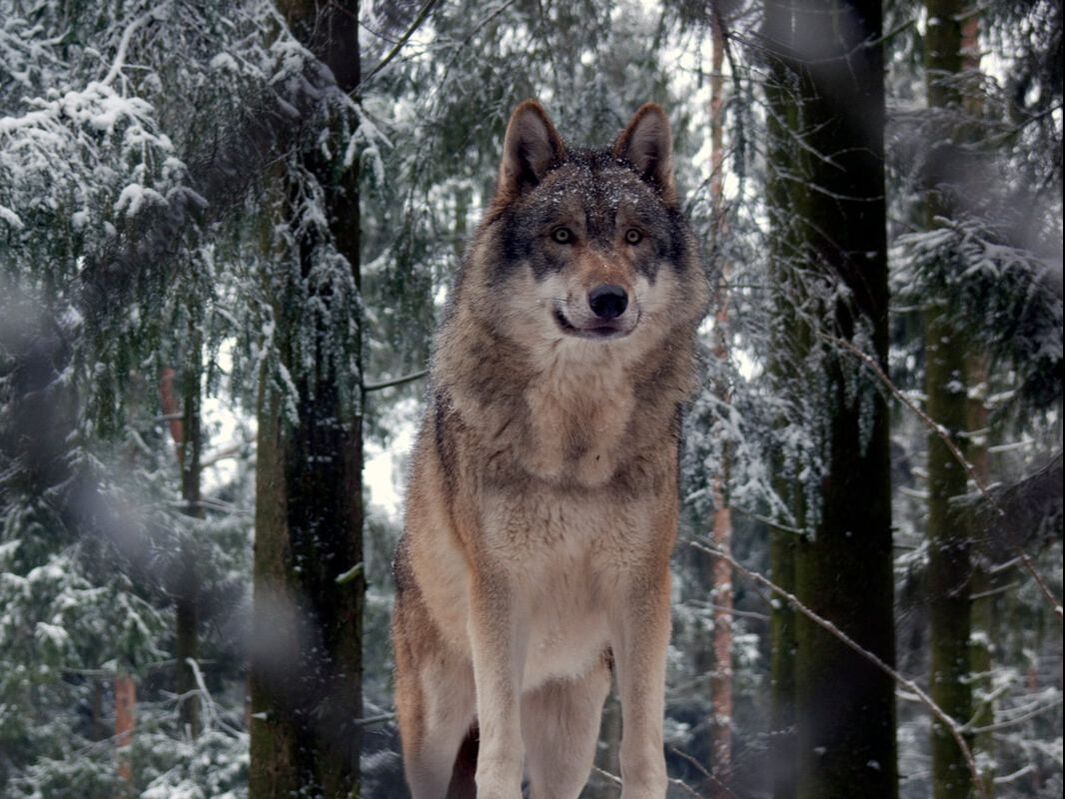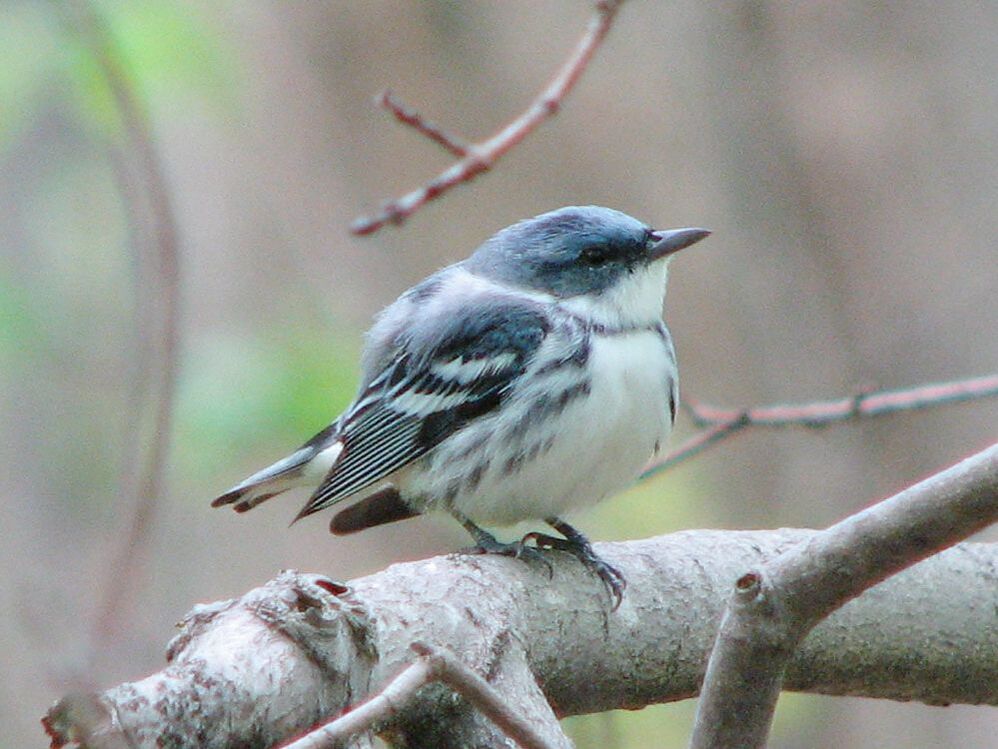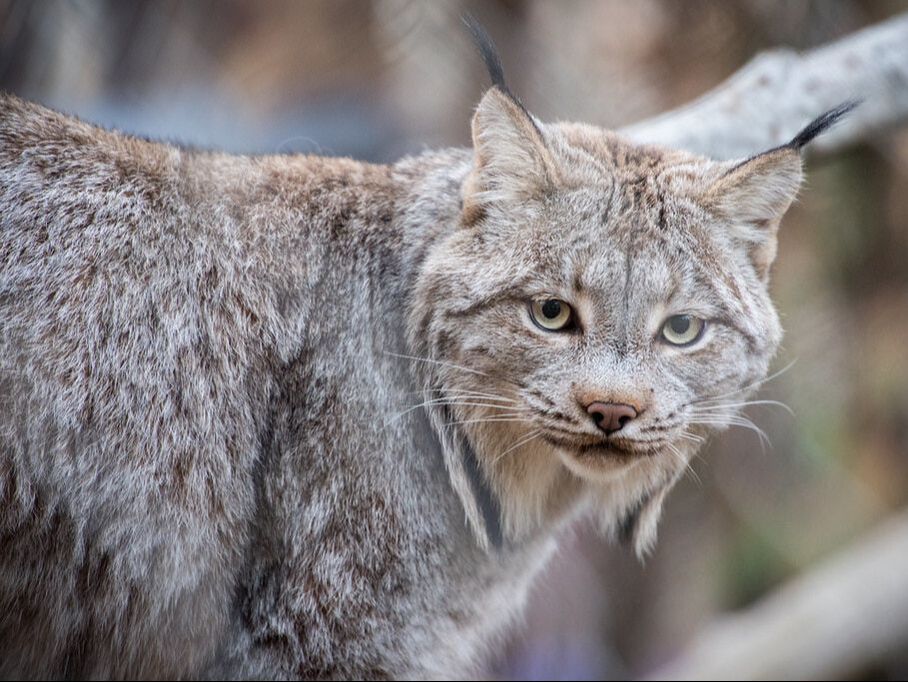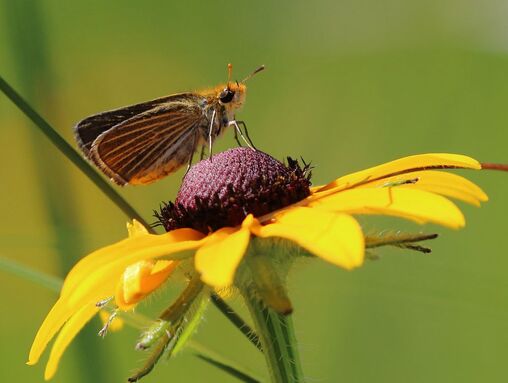The below list is not in any way intended to be comprehensive, but is instead meant to highlight some of the major issues affecting species in our own backyard. A full list of Michigan's endangered and threatened species can be found here. Globally ranked endangered and threatened species can be found on the International Union for Conservation of Nature's Red List.
Michigan Threatened & Endangered Species
|
Marbled Salamander
Overview The marbled salamander is characterized by its distinctive black and white marbled pattern from which it gets its name. Marbled salamanders are medium-sized, reaching up to eight inches in lengths, and can be found in a variety of habitats, including deciduous forests, swamps, and wetlands. While ranked as a species of least concern on a global scale, they are threatened by habitat loss and fragmentation. Conservation efforts are focused on preserving and restoring their wetland habitats. Michigan Rank: Critically imperiled US Status: Not listed |
|
Small-Mouthed Salamander
Overview The small-mouthed salamander is a species of lungless salamander found in the eastern US. These salamanders grow to be about 3-5 inches in length and are made distinctive by their dark, glossy skin and the bright yellow spots on their sides and undersides. As their name suggests, their mouths are also small compared to other salamanders. They're primarily terrestrial but also require access to moist environments to survive and lay their eggs; as such, conservation efforts are focused on preserving and restoring wetland habitats. Michigan Rank: Critically imperiled US Status: Not listed |
|
Northern Long-Eared Bat
Overview The northern long-eared bat is a North American bat made distinctive by its abnormally long ears. They hibernate during the winter months and may migrate to warmer areas. One of the biggest threats these bats are facing is a disease called white-nose syndrome (WNS), a fungus that infects hibernating bats, eventually leading to their deaths. WNS has spread to 12 bat species and killed millions since its discovery in 2006, and is of enormous concern for both bats and the ecosystems in which they live. Michigan Rank: Critically imperiled US Status: Endangered |
|
Indiana Bat
Overview Like the northern long-eared bat, the Indiana bat is currently facing the threat of WNS, in addition to the added threats of habitat loss, habitat fragmentation, and the disturbance of their roosting sites. Considering how crucial these bats are to their ecosystems, serving among other things as pollinators and natural pest controllers, this is especially worrisome. Indiana bats are typically found in forests and woodlands, roosting in trees during the summer and hibernating in caves or mines during the winter. Michigan Rank: Critically imperiled US Status: Endangered |
|
American Bumble Bee
Overview Like other bumble bees, American bumble bees are social insects that live in colonies led by a queen. They typically build their nests in abandoned rodent burrows or other underground cavities, and can have up to several hundred workers during the peak of the summer. However, the American bumble bee is currently facing several threats, including habitat loss, pesticide exposure, and disease. In some regions, their populations have declined significantly, leading to concerns about their long-term viability. Michigan Rank: Critically imperiled US Status: Not listed |
|
Piping Plover
Overview The piping plover is a small, sand-colored shorebird that is found along the Great Lakes and Atlantic coast. These birds typically nest on sandy beaches and dunes, where their coloration provides effective camouflage. The main threats they're currently facing are habitat loss and disturbance from human activities such as beach development, recreational beach use, and pets. Please keep your dogs leashed the next time you visit the beach! Predation from animals such as gulls and raccoons is another significant threat to their survival. Michigan Rank: Imperiled US Status: Endangered |
|
Long-Eared Owl
Overview The northern long-eared owl is a beautiful if elusive species that inhabits dense forests across North America. Like many other owl species, these owls are known for their hunting prowess, relying on their excellent hearing and deadly talons to catch their prey—mice, voles, shrews, and occasionally other birds and amphibians—during the night. While their global population is relatively stable, habitat loss and fragmentation has been a major threat to their numbers here in Michigan. Michigan Rank: Critically imperiled US Status: Not listed |
|
Spotted Turtle
Overview The spotted turtle, a relatively small species of turtle primarily found in eastern North America, gets its name from the bright yellow spots adorning its otherwise black or dark brown shell. These turtles like freshwater habitats, such as ponds, marshes, and wetlands, and are especially inclined toward open areas with basking sites where they can sit in the sun to regulate their body temperature. Unfortunately, wetland loss, degradation, and fragmentation has made them a species of special concern. Michigan Rank: Imperiled US Status: Endangered |
|
Copperbelly Water Snake
Overview The copperbelly water snake is a non-venomous snake native to the Midwest and Central US. As a semi-aquatic species, they tend to favor slow-moving or stagnant bodies of water, such as marshes, bogs, and wetlands, that are surrounded by forested areas. Although they are excellent swimmers, they’re also well adapted to navigating the land, and can even climb shrubs and trees! These snakes are fairly large, growing to about three to five feet. Conservation efforts have focused on protecting and restoring their wetland habitats. Michigan Rank: Critically imperiled US Status: Threatened |
|
Gray Wolf
Overview Arguably one of the most famous endangered species in the US, the gray wolf has a long history fraught with overhunting and habitat loss. While gray wolf populations have dramatically rebounded from where they were only a few decades ago, conservation efforts continued. As an apex predator, gray wolves play a pivotal role in maintaining the balance of their ecosystems, regulating prey populations and in turn preventing the overuse of natural resources. They are known for their high intelligence and intra-pack social hierarchies. Michigan Rank: Special concern US Status: Endangered |
|
Cerulean Warbler
Overview The cerulean warbler is a small songbird known for its vibrant blue (particularly among males) coloring. These warbles are long-distance migrants, spending their breeding seasons in eastern North American and flying south to the Central and South Americas during winter. They have seen significant population declines in recent years due to habitat loss, habitat fragmentation, and climate change. Communication towers, which cerulean and other warblers often collide with during their migration, pose an additional threat. Michigan Rank: Vulnerable US Status: Not listed |
|
Hine's Emerald Dragonfly
Overview Another species on this list named for its appearance, the Hine’s emerald dragonfly is notable for its metallic green body and emerald-green eyes. These dragonflies are endemic to parts of the eastern US and Canada, and are primarily associated with the mineral-rich wetlands often found near limestone or dolomite bedrock. Unfortunately, their specialized habitat has put them at risk; as wetlands continue to be drained for new real estate, the Hine's emerald dragonfly population has declined and its distribution range become increasingly limited. Michigan Rank: Critically imperiled US Status: Endangered |
|
Canada Lynx
Overview Canada lynx are solitary, elusive wild cats who are most widely recognized for the furry tufts on their ears that act as hearing aids and make them very capable hunters. Their favorite food is snowshoe hare, and lynx’s large paws, which ironically act like snowshoes during the winter, makes them well-adapted to catching them. While lynx populations have always naturally fluctuates based on changes in available prey, they have been in a general decline as deforestation and climate change continue to limit their range. Michigan Rank: Critically imperiled US Status: Endangered |
|
Poweshiek Skipperling
Overview The Poweshiek skipperling is a small butterfly (wingspan of about 1 to 1.3 inches) with orange-brown wings and darker markings. This species primarily inhabits tallgrass prairies, wet meadows, and grasslands with native prairie plants. These habitats are critical for its survival as they provide food sources and breeding grounds. As a pollinator, it contributes to the reproductive success of many plant species, and it also serves as an important food source for various predators. Conservation efforts to protect and restore native grassland habitats are crucial. Michigan Rank: Critically imperiled US Status: Endangered |
Michigan ranks from Michigan State University's Natural Features Inventory. US statuses from the Fish & Wildlife Service's Environmental Conservation Online System.
